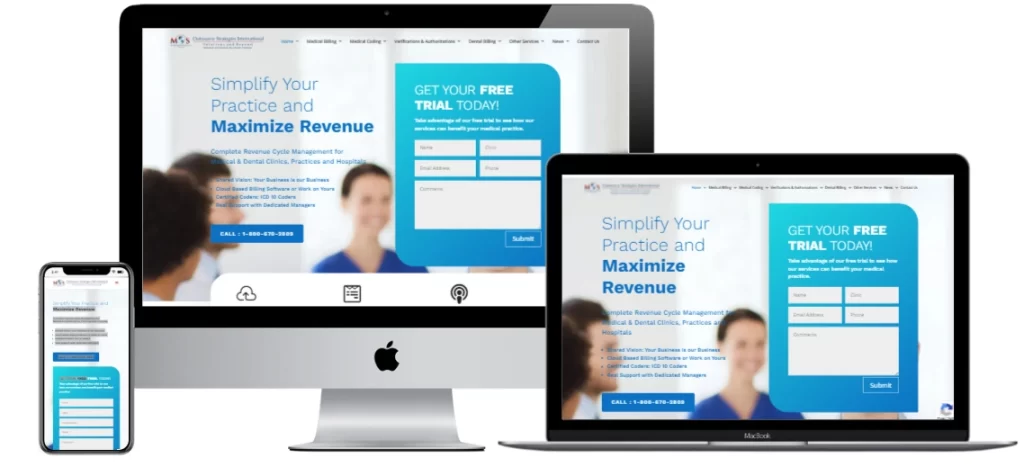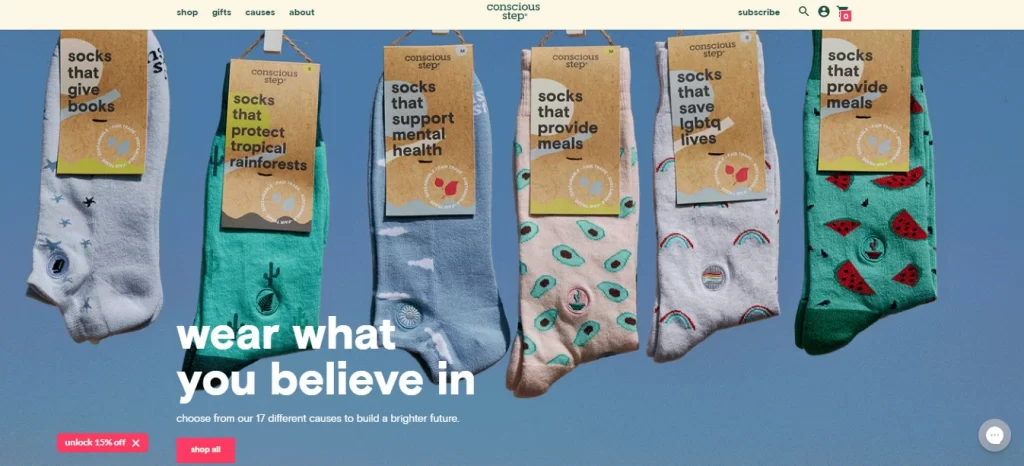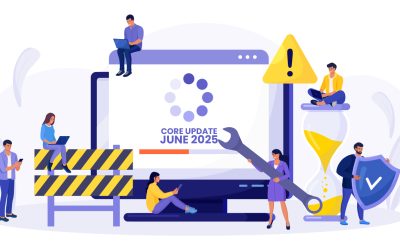No doubt that user experience impact SEO ranking. Let’s look at how UX and SEO relate and how you can improve SEO with UX. In a world where people are constantly bombarded with information, it can be difficult for businesses to stand out from the crowd. One way to do this is to create a great user experience, which helps with good SEO ranking, improved brand credibility and increased customer retention.
For a website, UX and SEO are two vital factors that go hand in hand. SEO promotes your product in search engines and UX makes sure they like what they find. So, design a website with the assistance of professional search engine optimization company to ensure better user experience and SEO ranking.
Why Is UX Important? How User Experience Impact SEO Ranking?
User experience (UX) is the overall experience that a user has when interacting with a website. It includes the functionality, ease of use, and efficiency of a website. Good UX design engages your users by making it easy for them to find what they’re looking for. This has a beneficial impact on Google’s user engagement metrics, which are used to rank sites. The quality of content that searchers receive on a website is frequently influenced by UX. UX aspects are picked up by Google’s algorithm and other search engines, and they’re sometimes tied to ranking elements.
The site architecture and usability of a website can either make or break technical SEO in these circumstances. Sites with a robust UI/UX that appeals to the demands of searchers are more likely to rank high in the SERPs. So, if you want more people to visit your website, then it makes sense to focus on creating a great user experience.
Now that search engines are starting to take user experience into account when ranking sites and pages, we think it’s important to take a closer look at how the two relate and how you can improve SEO performance with UX.
- Natural Language Processing: RankBrain and BERT are two recent Google technology advances, are intended to help Google better understand what consumers anticipate to see when they input a search query. They also assist Google in comprehending the meaning of web pages. Google uses Machine Learning to deliver better answers based on the content of a web page. This is a big step up from directing people to web pages that include the search query’s keywords. Google is learning how to read web pages in order to match the content to a question-based search query. It’s not about matching keywords to questions, but about matching questions to responses.
- Webpage Experience: A good user experience requires more than just a fast server. The site visitor’s end of the page speed bottleneck occurs when they’re downloading your website on a mobile phone over a 4G wireless network with limited bandwidth.
Image Source
Creating a website with a quick download is beneficial to both users and publishers. When a website’s web pages are optimized for speed, it results in more conversions, page views, and revenue. The first step is to go to your own website and read all of your content in one sitting. Then consider whether you want to continue reading. There are several reasons for weariness, all of which are related to the user experience. Quick tips to create a good web page experience- Make your information more manageable by breaking it up into smaller paragraphs.
- Use well-chosen heading tags (describe the content that follows).
- Utilize bullet points and numbered lists to make your argument.
- Increase the number of visuals you use to show what you’re attempting to express.
- Select photographs that are naturally light (light shades, less colors, fewer micro details like gravel or leaves).
- Improve the quality of your photographs.
- Change any photos that are more than 50 kilobytes in size (or at least no higher than 100 kb).
- Create information that answers questions in a useful way.
- Make use of graphs.
- Examine your website on a variety of mobile devices.
- Reduce the use of CSS and JavaScript, particularly third-party scripts.
- When features like sliders and contact forms aren’t on the page, remove CSS and JavaScript that offer functionality for them.
- If at all possible, avoid using sliders.
- Use fonts that are already installed on visitors’ computers, or just switch to sans-serif.
- Run your URLs through the PageSpeed Insights tool and make any necessary changes.
- Create content for user experience: The focus has shifted from developing content around keywords to creating content for users, and this has had a significant impact on how web content is planned. This is an example of imposing a user experience perspective on content creation. Ask questions like “What does a site visitor desire from this page?” What exactly are they attempting to achieve? What do they want to be when they grow up?” should be asked and your content will be ready. This will then align with how Google interprets and ranks web pages. To figure out what question those pages are answering, look at the top three positions in the search results and read the content.Once you’ve discovered a pattern, you can start to figure out what users are trying to say when they type a specific search query. After you’ve figured that out, you may start writing content. As there will be too many mixed search intents, content creation that pulls meaning from the top ten to top thirty search results will result in an irrelevant analysis. A better technique to determine what users mean when they do a search is to analyze the top ten and then segment the positions by search intent. The old method was to go to the top-ranked sites and extract keywords, then produce content around those keywords.But the new approach is to look at the top-ranked sites to figure out what the underlying question is and then provide a better answer. The best response is one that explains and demonstrates how, why, what, and when the user is seeking for. Creating bespoke visuals to show your message is sometimes necessary. It’s not uncommon for a graph to be used to convey a message by providing a visual representation of the data.
- Recognize and Mirror Your Site’s Visitors: Always look for methods to reflect your customers and site visitors in the photos you utilize. Make your image selections as varied as possible. Use photos that mirror your visitors’ ages if they likely to be older and middle-aged.Make sure you’re not mirroring yourself or others in your cultural bubble. Make your web sites accessible to all members of society that require your services. Individuals tend to recognize themselves in the photographs you employ, and it makes them feel at ease to see themselves or people who look like them mirrored in your web page’s images.
Since the purpose is to satisfy people, Google tends to rank popular webpages that consumers expect to see. One of the most fundamental strategies to gain user popularity is to create a site that is frictionless and enjoyable.
Five Factors of UX Design Organic SEO Services Use to Enhance SEO
The following are five UX design elements that need to be focused on:
-
- Quick page load time: A slow loading website is always annoying and with each passing second, your viewers are more likely to abandon your website before even getting to it. Even if your visitors leave before the page loads, it still counts against your bounce rate. While there are numerous factors that can slow down page load times, only a few are within your control.You can’t do much about a user’s sluggish internet connection, for example. You may, however, ensure that your website is optimized to load in the lowest time feasible. To ensure that your website makes the fewest server requests, you should minify file sizes, optimize pictures, and merge various CSS/JavaScript files (HTTP).
- Mobile-friendly website: Since mobile search now accounts for more than half of all web traffic, mobile-responsive design has become a must-have for modern web development. Websites that aren’t mobile-friendly lose more than half of their visitors right away. Your user-engagement metrics will “crash and burn” if your website isn’t responsive.People are becoming increasingly reliant on their mobile devices. By customizing your site content for mobile devices, you’ll be able to suit this changing desire. Using the Google Mobile Responsiveness Test, you can assess your own mobile responsiveness. To improve website speed, make sure your site’s cache settings are correct, script files are minified (cleaner and simpler), and major script files (such as JavaScript) are loaded only when they are required. All of these criteria help your website load faster, helping you to keep your visitors interested.
- Develop user-friendly URL structure: The structure of your URLs is critical to ensure a positive user experience. It aids in orienting your users to their current location on your website. Search engines, like people, use keywords in the URLs to figure out what a page is about and then index it. It can be devastating to your SEO rankings if these keywords are absent. Instead, utilize URL formats that are understandable to both users and search engines.
- Menus/ Headers: Users who simply want to browse your website without having to navigate a complicated menu and header layout will be frustrated by a confusing interface. The user will subsequently leave your website without finding the information they sought.
Image Source
- Make Your Menus More Streamlined: Menus are the most visible part of a website’s header and serve the primary purpose of directing visitors to the correct page. Streamlining your menu design is an important part of good UX design. Make your menu as simple as possible. Make sure your viewers can find what they’re looking for, but don’t overcrowd the menu with every page. Instead, make use of categories and subcategories to ensure that your users can find what they’re looking for quickly.You simply need to list the most significant pages, like with most websites. For numerous pages in one category, create a drop-down menu. Menus can rapidly become cluttered if there are too many options. To simplify your web design, combine your menus and establish categories. Overcrowding the menu bar makes it tough for your audience to find what they’re looking for, resulting in a poor user experience.
Good UX and SEO can optimize your website for search engines. Any SEO plan should include user experience (UX) design as a key component. It has a direct impact on your SEO rankings because Google uses multiple user-engagement measures in its search algorithms. Understanding how visitors perceive and interact with your website is the first step in user experience design.
You can implement an effective web design with the help of organic SEO services that ensures good user experience and boosts SEO ranking.






